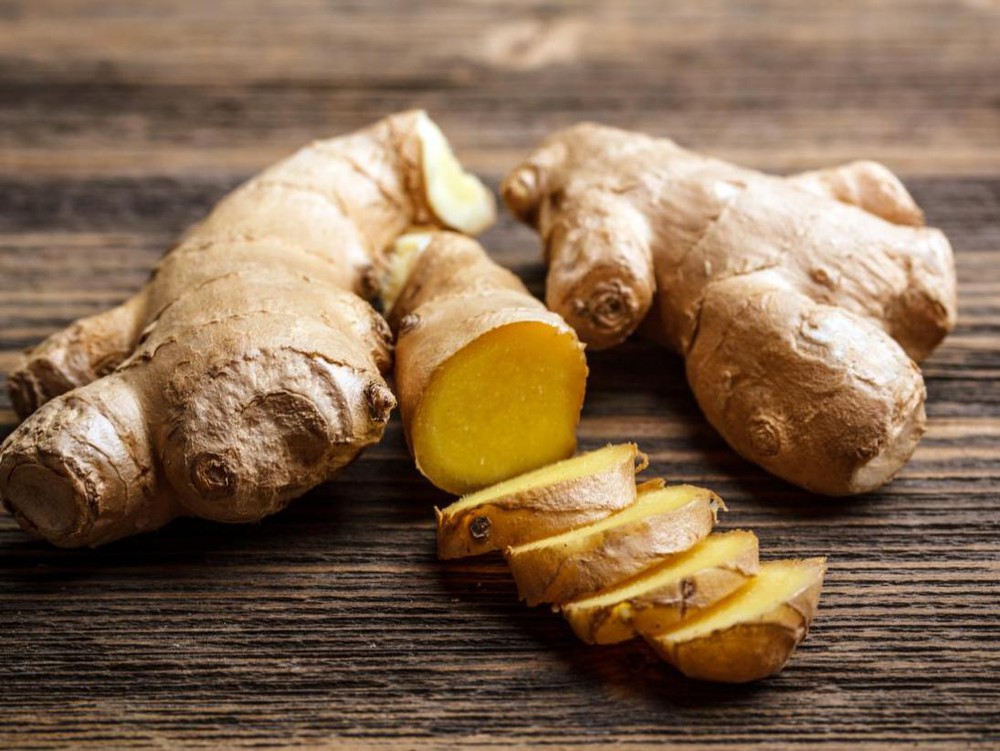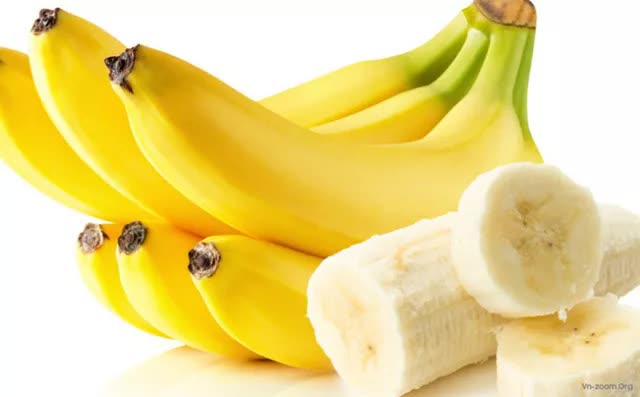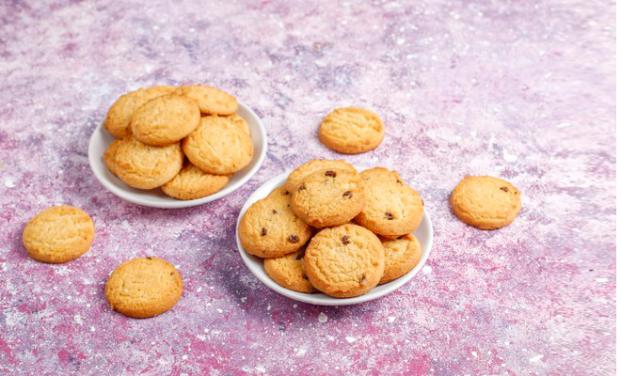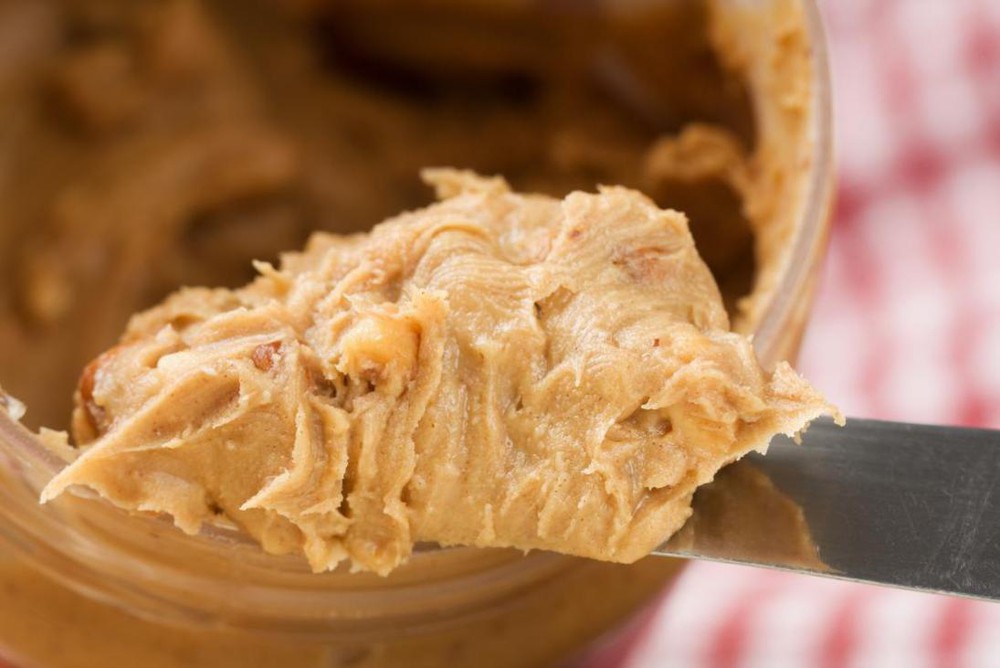The feeling of nausea begins in the brain, where emotional, cognitive, or chemical triggers can stimulate your nervous system, cause your stomach muscles to malfunction, and make you feel nauseous.
Many factors can trigger this process, such as infection, surgery, intestinal disease, cancer drugs, hormone disorders, pregnancy or food allergies, etc.
In the patient COVID-19 , the SARS-CoV-2 virus can enter the digestive system through receptors on the surface of cells for an enzyme called ACE2. These receptors are approximately 100 times more abundant in the gastrointestinal tract than in the respiratory tract.
So many people with COVID-19 experience only gastrointestinal symptoms and no other symptoms. For the majority of patients, they usually develop respiratory symptoms and are accompanied by nausea, vomiting, or symptoms of stomach irritation.

Many people with COVID have vomiting that makes it difficult to eat.
While eating can be difficult when you’re feeling nauseous or have an upset stomach, food and drink are important for hydration. This process replaces lost electrolytes and helps keep your stomach steady.
Getting plenty of rest and drinking plenty of fluids can help control nausea. But you still need to eat enough to provide energy for the body. Let’s take a look at which foods both provide essential nutrients and can help reduce nausea.
I. Foods that help reduce nausea
1. Ginger

Ginger is an age-old anti-nausea remedy.
Since ancient times, people have used ginger to treat nausea. Gingerols and shogaols are ingredients found in ginger that help calm stomach cramps and help reduce nausea.
Many studies have shown the superior effectiveness of ginger in reducing the intensity and frequency of vomiting caused by morning sickness, seasickness, and chemotherapy-induced nausea.
People can add ginger to the broth or add sliced fresh ginger to hot water or herbal tea. In addition, ginger can be used to make tea, ginger biscuits, ginger jam or ginger beer.
Although there is no consensus on the amount of ginger needed to achieve the effectiveness of ginger, most studies use the equivalent of 0.5-1.5 g of dried ginger root per day.
2. Broth
Chicken broth or vegetable broth can be a source of easily digestible nutrients when a sick person feels nauseous.
If people drink less or lose fluids through sweating and vomiting, broth can help replace lost fluids, salts, and electrolytes.
3. Bananas

Potassium-rich bananas help replenish electrolytes when you have digestive upset.
Bananas are a nutritious, energizing snack that’s easy to eat even when you’re sick. Bananas are high in potassium, which can replace the amount of potassium that may be lost if you experience vomiting or diarrhea.
Just one medium banana contains 105 calories, 27g carbs, 12% of your daily potassium needs, and 22% of your daily need for vitamin B6.
Other soft, high-energy foods include avocados, porridge, stewed fruit, mashed potatoes, and peanut butter.
4. Drink enough water
When you feel nauseous, you may not want to eat at all. However, drinking fluids and staying hydrated is important, especially if you have vomiting or a fever. Water is always the best source of water, but if you are vomiting or have diarrhea, you may also need to replace lost electrolytes.
Some of the best drinks to combat dehydration and nausea include:
Filtered water Orange juice Pure fruit juice Coconut water
Drinks that are too sweet, caffeinated, or made with milk can worsen your nausea, so it’s best to avoid them.
Drink small sips of water often. Drinking a lot of water at once will make your stomach upset.
5. Dry food

Dry foods like crackers help reduce nausea.
Dry foods such as crackers, cookies, toast, and cereals are often recommended for people who feel nauseous. The reason is, people often feel more nauseous on an empty stomach and respond poorly to foods with strong odors. Dry foods often have little or no odor, making them easy to sip without nausea.
Dry foods can include:
Bread Cookies Oatmeal Rice Cake
6. Cold food
When you’re sick, you can tolerate cold foods better than hot ones. That’s because they usually don’t have a strong odor, which can cause nausea.
Some good cold food options include: ice cream, chilled fruit, yogurt, custard, and frozen popsicles.
If feeling nauseous makes it difficult to hold back food, simply sucking on an ice cube can help. This is also a good way to add fluids slowly.
7. Protein-rich foods

Peanut butter is a protein rich food.
Protein helps the body make enzymes that digest food. The body also uses protein to supply oxygen to the blood to carry nutrients to every part of the body.
Some studies suggest that eating more protein than carbohydrates may help reduce nausea and vomiting.
Good options for protein-rich foods include:
Peanut Butter Fish Chicken Boiled Eggs Yogurt Without Sugar Baked Tofu (not fried)
People can combine these foods with foods like toast, rice, or noodles to increase calories.
II. More tips to reduce nausea
Besides consuming some of the foods and drinks mentioned above, you can take other steps to reduce nausea:
Eat something every 1-2 hours: Avoid skipping meals, as an empty stomach can worsen nausea.
Eat and drink slowly and sparingly: This allows you to relax during your meal and take the time to enjoy your food. You may also want to avoid consuming liquids and solids at the same time.
Do not lie flat after eating: Avoid lying down for at least 30 minutes after eating, as this can put pressure on your stomach, making nausea worse.
Avoid food processing: Odors from cooking and preparing food can make nausea worse. If possible, avoid or shorten your time in the kitchen.
Keep your mouth clean: Nausea and vomiting can leave a bad taste in your mouth, making you not want to eat. Gargle and brush your teeth often and use sugar-free mints to keep them feeling fresh.
Also, avoid the following foods when you feel nauseous:
Greasy or fried foods Very sweet foods Spicy foods Strong-smelling foods Alcohol Caffeine
at Blogtuan.info – Source: Soha.vn – Read the original article here



